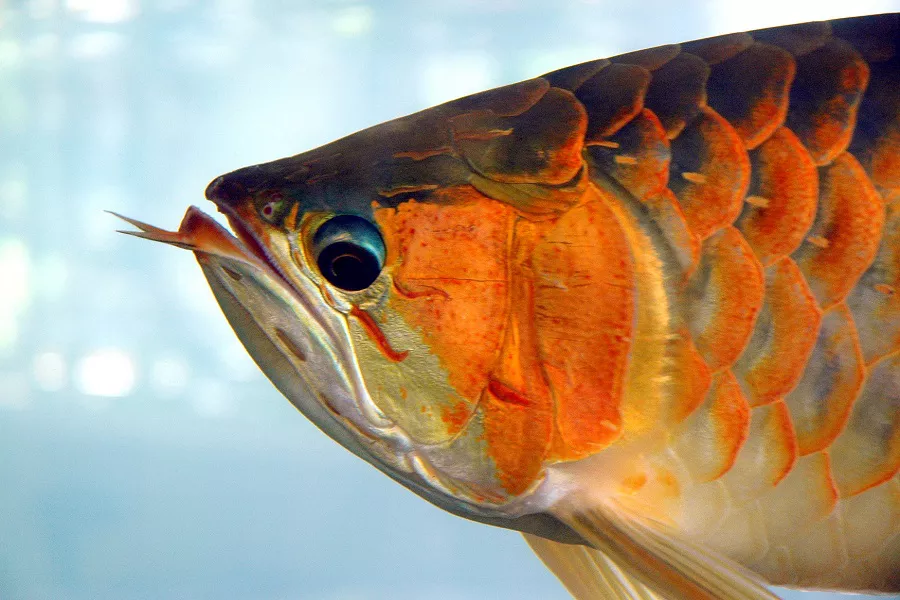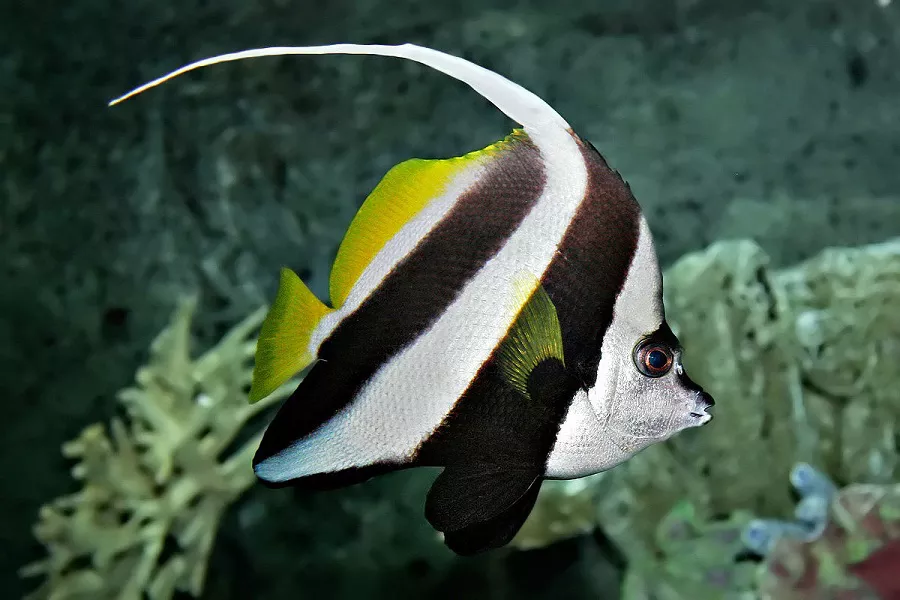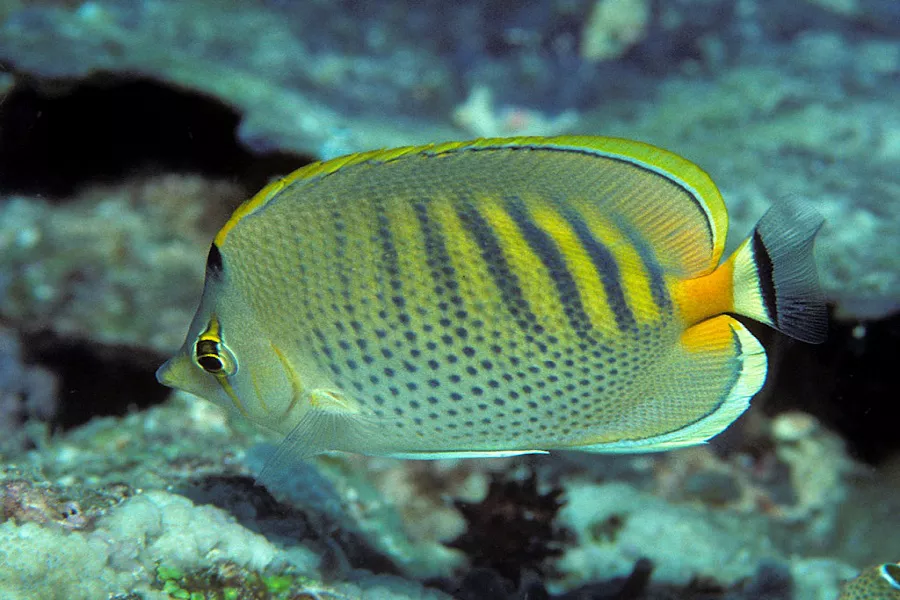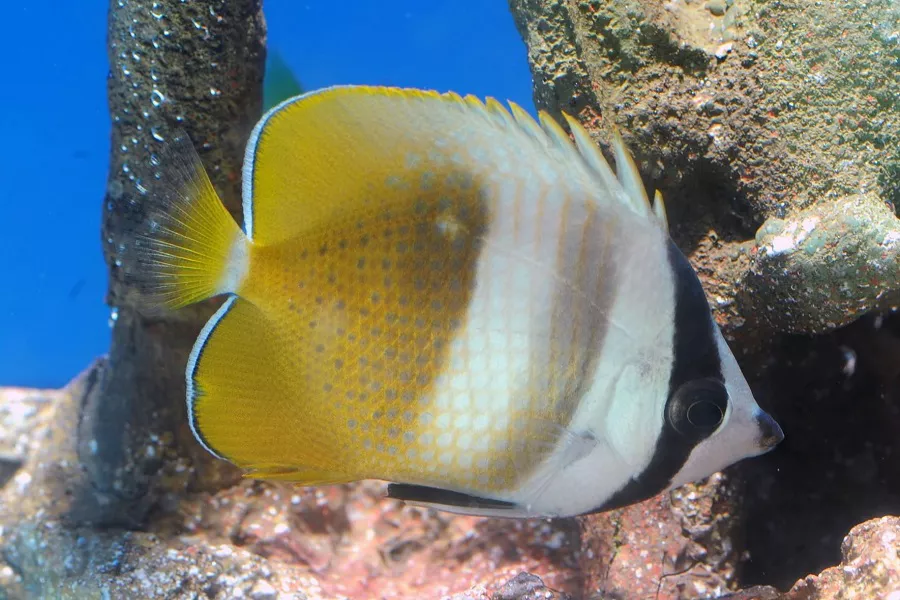What is scleropages formosus?
Scleropages formosus: also known as Asian Arowana, Golden Arowana. An ancient primitive freshwater fish. Native to rivers and lakes in Malaysia, Sumatra, Indonesia and other places.
Adult fish are 50-65 cm long, up to 102 cm long, and can live for decades. It has a ferocious temperament and mainly hunts live fish and shrimps, aquatic insects, frogs, etc. Adult fish hold the eggs in their mouths until they hatch juveniles, so they have the common name of “Dragon Spit Pearl”. Since the middle of the 20th century, it has been developed as an ornamental fish. It has attracted attention for its shimmering metallic luster like armor-like scales, bright light colors (gold, red, etc.) and majestic demeanor. It has become one of the most valuable ornamental fishes, including golden dragon, red dragon, and blue dragon.
What does scleropages formosus look like?
Scleropages formosus has a large and long body, and its trunk is covered with large and neatly arranged shining scales; its mouth is large, and there are two tentacles at the corners of its lips. Named “Dragon Fish”. It still retains the physical characteristics of ancient times, known as the “living fossil of fish”, and has great breeding and ornamental value. An ancient population of freshwater fish with whiskers on the mandible, flattened body and spines on the abdomen.
When juveniles are characterized by blue, green background, light red with dots, golden thin frame, after growth, the shallow meridian scale frame will turn golden yellow, and the golden yellow blue or green background scale bar will reach the fifth row of scales, crossing the entire scale. The dark green back, the difference from the red-haired gold except for the scales, is the difference between the anatomy and the anal fin, and the upper half of the back and caudal fin should be dark blue.
The whole body is golden and has five layers of scales, similar to gold bars. In addition, there are several variants of Arowana in different colors: “Red Arowana”, “Green Arowana“, “Yellowtail Arowana” and so on.
scleropages formosus living habits
The so-called fish first raises water, and the same is true for raising scleropages formosus. Stable and suitable water quality is very important for scleropages formosus. It is recommended that the PH value of scleropages formosus be 6.5-7.5, and the tap water should be properly dechlorinated.
The most suitable water temperature for scleropages formosus is between 20 and 30°C, with 28°C as the best temperature. In addition, scleropages formosus is suitable for weakly acidic and neutral water, and the dissolved oxygen content should be greater than 5 mg/L. With clear water, golden arowana can be healthy. Among pet fish, scleropages formosus is a veritable water king. It is ferocious by nature and does not allow other pet fish to share territory with it.
The general aquarium filter device can meet the needs of raising scleropages formosus. Do not change the water too often or too much, so as not to cause the scales or fins to fall off (although it can be regenerated). It is appropriate to replace 1/4 of the water each time. A submersible pump can be used to form water flow in the fish tank to keep the arowana alive. There are few diseases, and it is generally not fatal. When injured or infected, it can be treated with salt water and antibiotics.
scleropages formosus rearing
When a new fish is just bought, the air pump in the tank must run for at least 24 hours to completely eradicate the chlorine in the water. If you have been using a biofilter then it is best to allow the water to reach a pH of 6-7 and a water temperature of 25 degrees Celsius. Add a small amount of table salt (approximately 1 or 2 teaspoons per 5 gallons or 20 liters of water) to the fish tank to reduce the risk of fungal attack and to keep the fish healthy and increase its appetite. If possible, it is best to take water from the original tank of the new fish and return it to your own tank (if the water in the original tank is no problem), it is best to have taken back 1/3 of the water, so as to facilitate the new fish’s adverse effects on environmental mutation reaction. It is recommended that fish be raised from a young age.
Change the water at least 20%-30% every week, and the ammonia content should not exceed 0.1 parts per million (mg/l). Do not make sudden changes in temperature and pH, such as sudden changes will lead to the sudden death of arowana. Test for pH and other toxic substances every week in case of mishaps. Be careful when changing the water to avoid frightening the arowana. And when raising arowana, you must avoid completely replacing it with new water, otherwise it will cause damage to the fish. If you see the fins and scales of the dragon fish fall off, it is caused by changing the water too much. You can stop changing the water and they will recover naturally; however, the amount of water changing should not be too small, too little will make the fins opaque and the eyeballs Severe turbidity will cause the cheek cover to turn over.


























